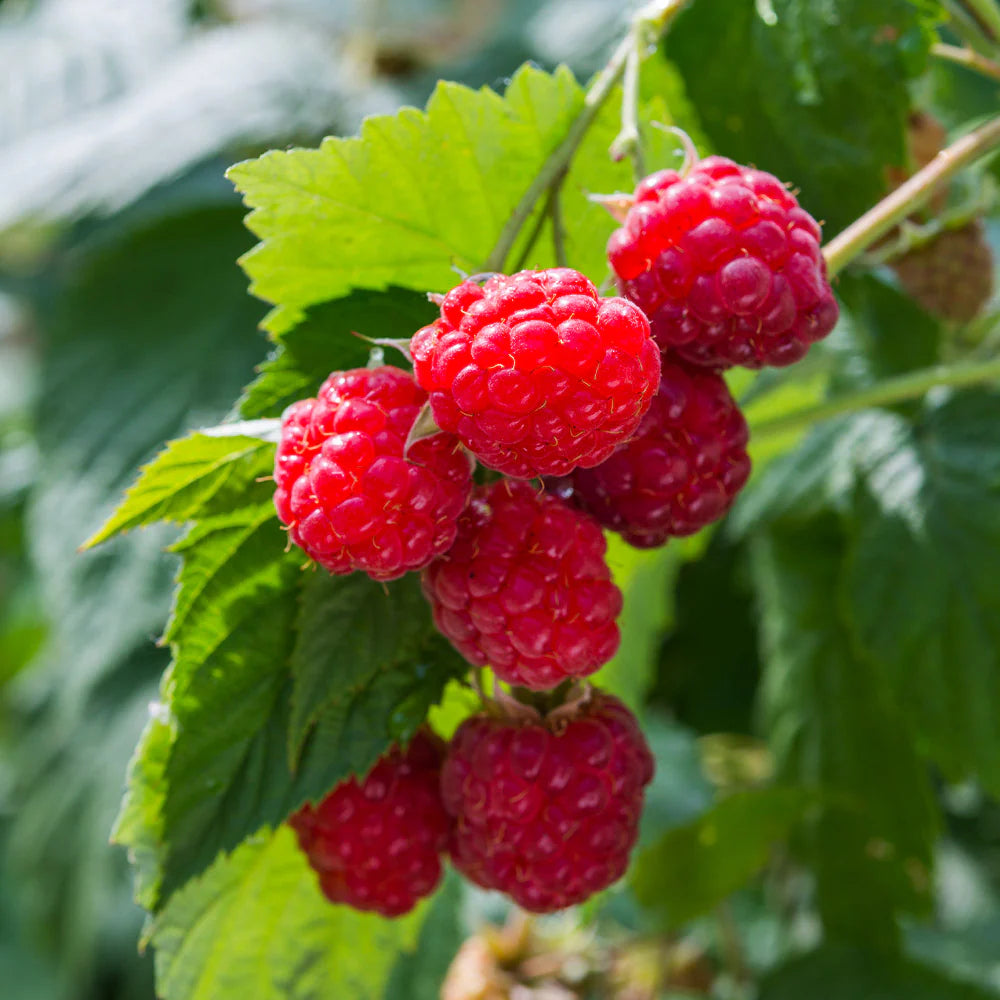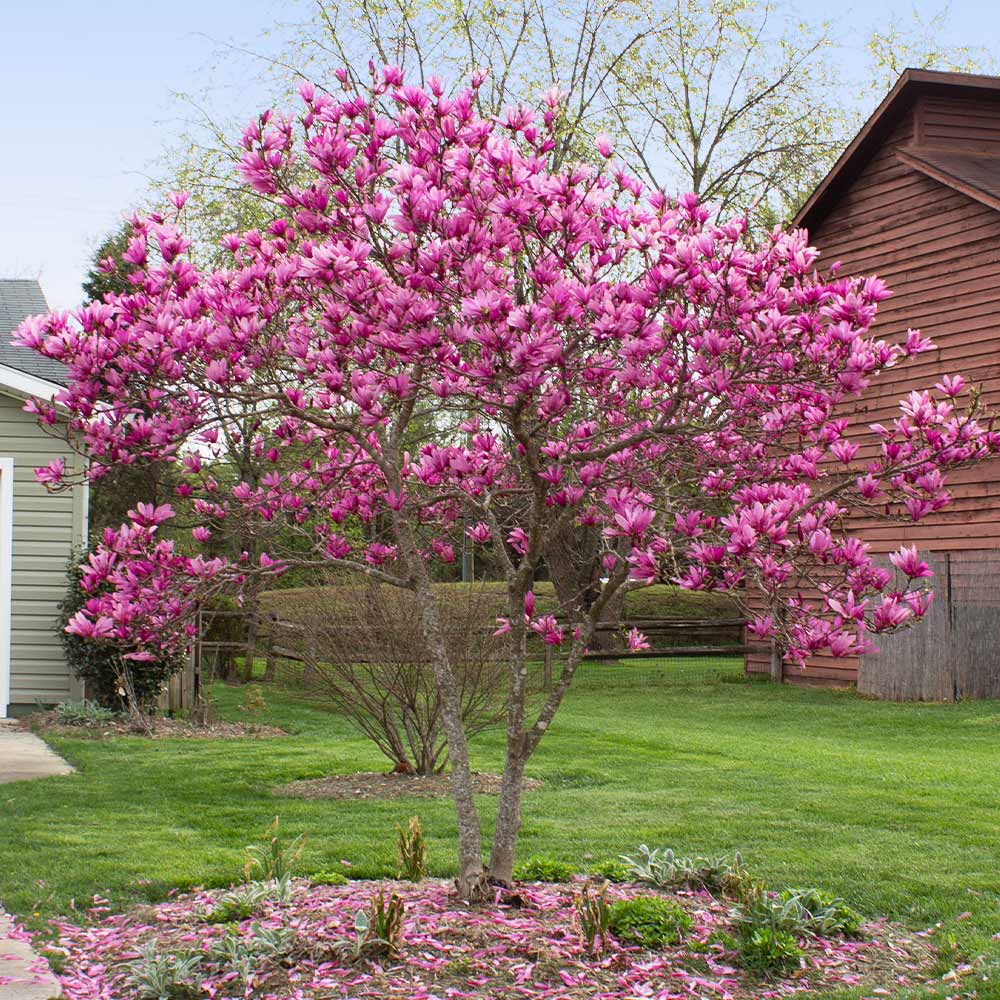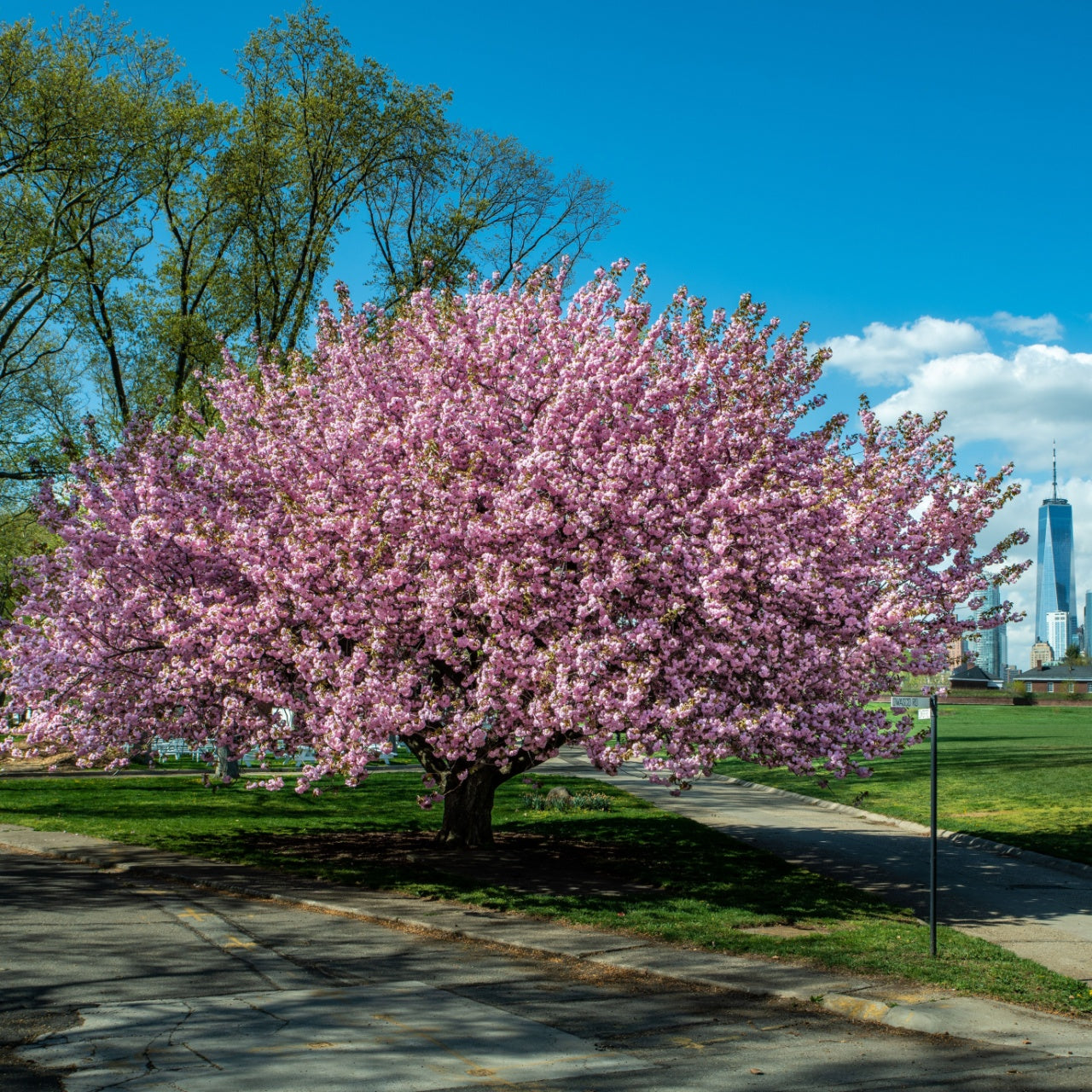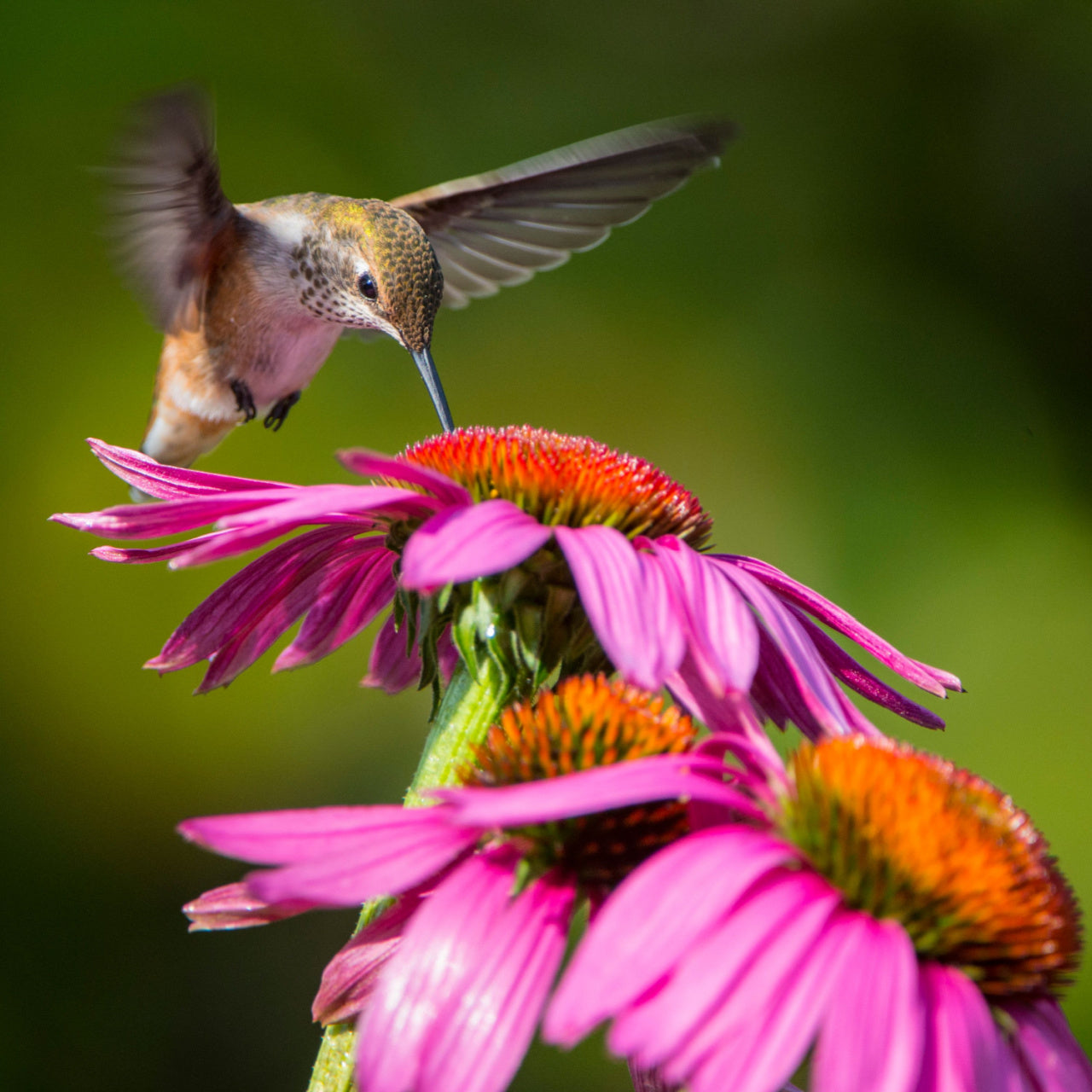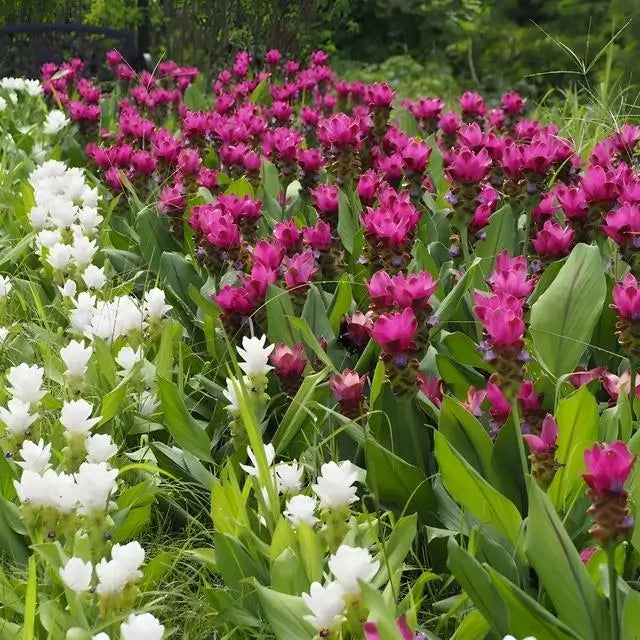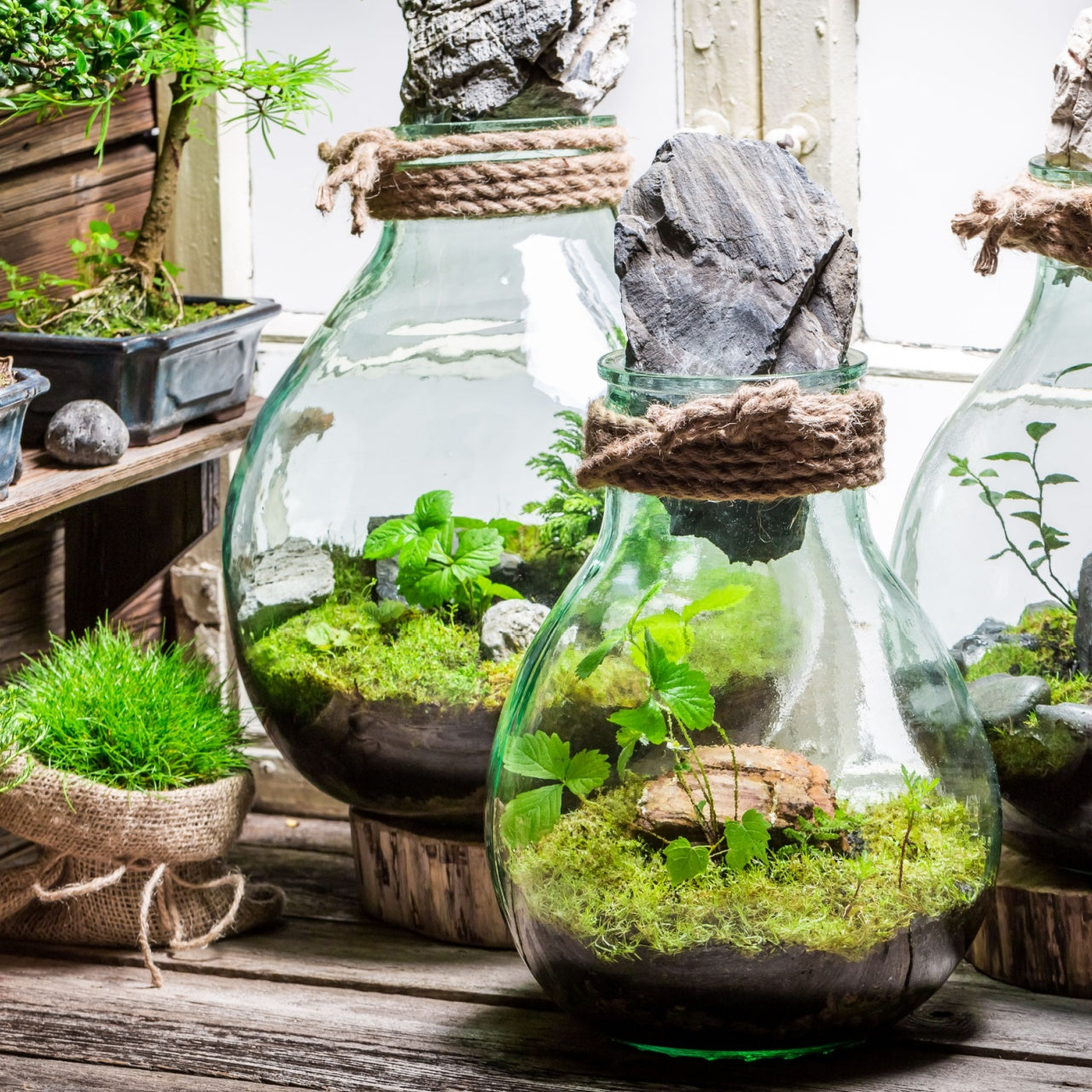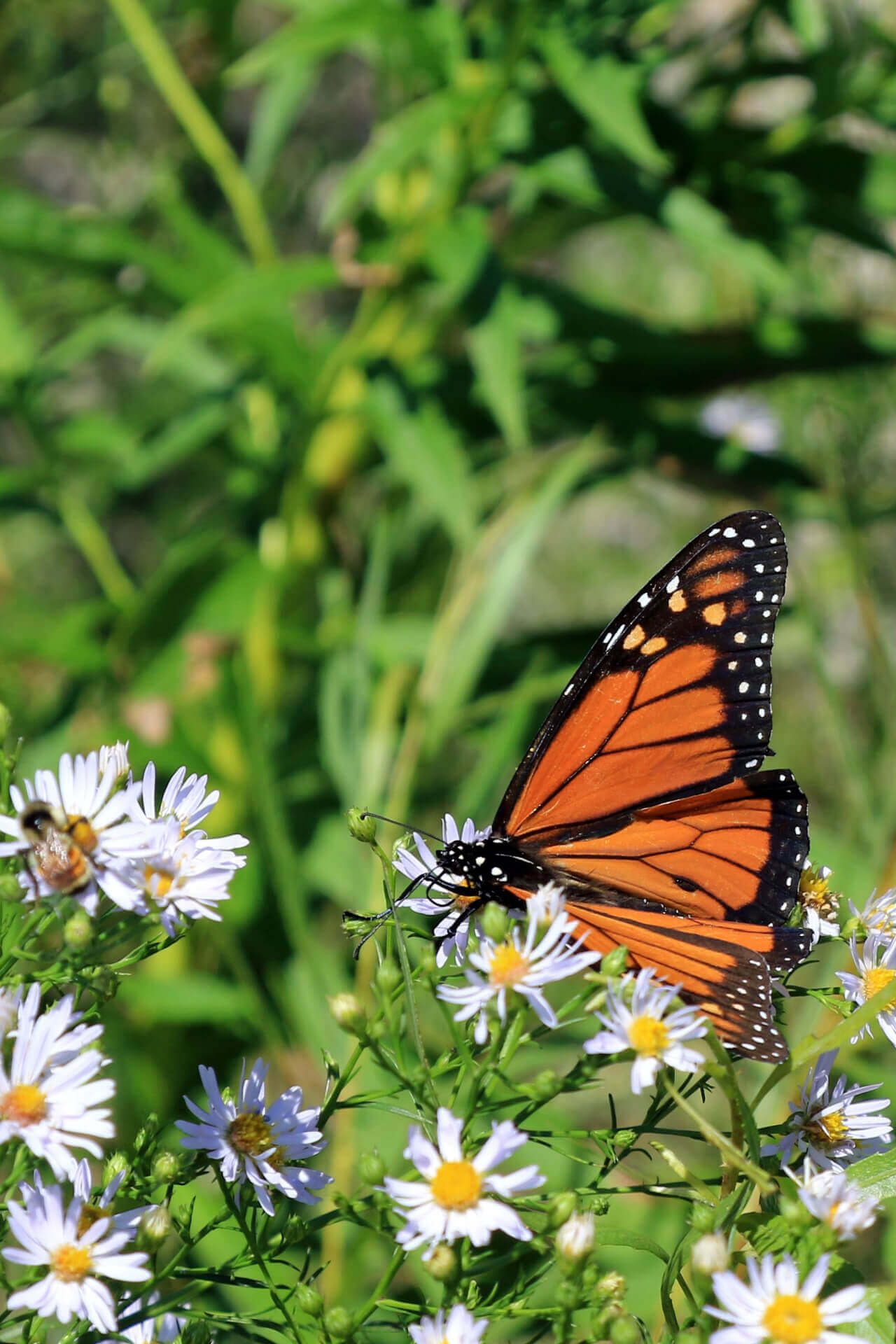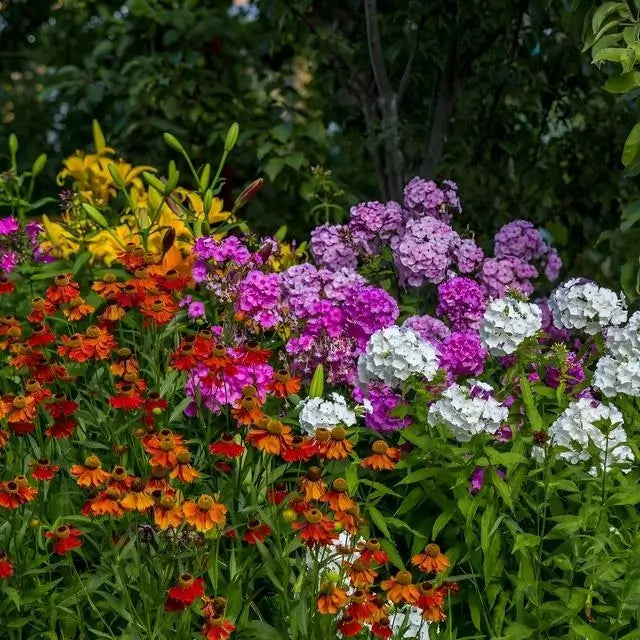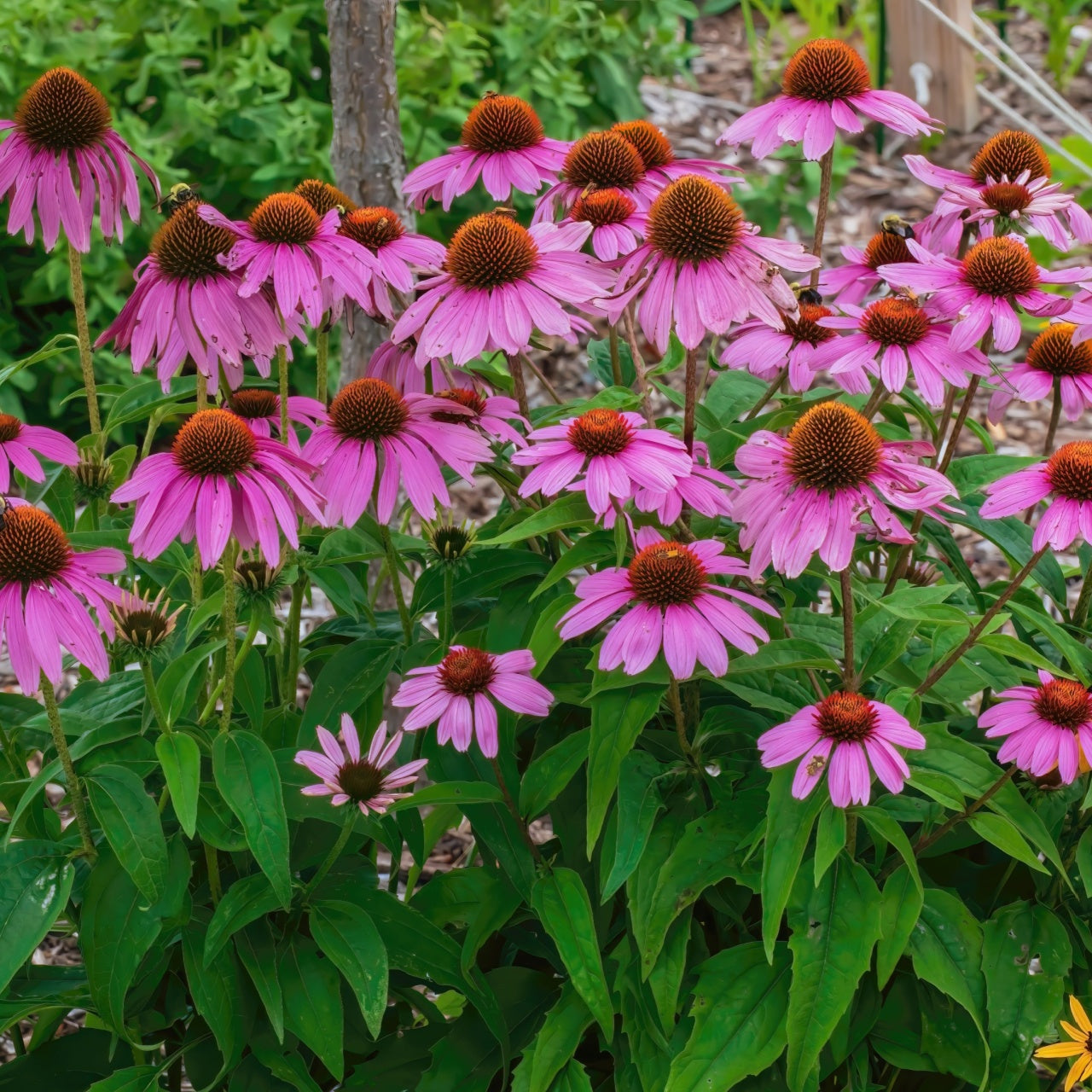



Coneflower Plant
Thrives in Zones 4-9
Drought-tolerant and low maintenance
Enhances garden biodiversity
Ideal for cut flower arrangements
Ships in
Ships 7-10 DaysConeflower Plant is Perfect For Attracting Birds and Butterflies to Your Home Garden
Coneflower plant is a perennial with a long lifespan and one of the vital pollinators' favorite plants. It attracts needed pollinators like hummingbirds, bees, butterflies, and even monarchs, which are on the endangered species list. Echinacea is a native, herbaceous perennials being a favorite of pollinators makes it a highly popular choich for homeowner's and gardeners alike.
Pollinator plants are very near and dear to us at TN Nursery. For example, monarch butterflies are becoming extinct. Native plants will help restore what herbicides, insecticides, and fungicides kill and destroy: our ecosystem and our valuable pollinators, such as bees, birds, and butterflies. For example, the milkweed plant is the only host plant on which the monarch lays its eggs to reproduce. Without native plants like the purple coneflower, pollinators will become extinct.
Native Pollinators like Conflowers Attract
Bees - Pollen for Honey Production and to Pollinate
Butterflies - Pollen and Nectar Filled
Birds - Food Source
Pollinators are also responsible for making fruit, berry, and food crops produce fruit through fertilization. Not only are the species dwindling, but eventually our food crops will suffer from the lack of the needed food that pollinators are responsible for fertilizing.
Bloom Cycle and Seasonal Garden Value
It has a long blooming cycle and blooms multiple times a year, even in the Autumn. Enjoy long-lasting color and structure in your garden through the seasons. The coneflower (echinacea) is a well-loved wildlife favorite and an essential for building a pollinator and butterfly garden. It is vital for any native garden, too. Use this plant to add upright interest to borders and garden beds in any garden.
Family: Asteraceae
Light Requirement: Full
Water Needs: Average
Height: 2 - 4 ft.
Spread: Slow
Growth Rate: Average
Bloom Time: Summer
Flower Color: Pink
Wildlife Value: Attracts bees, butterflies, birds
Landscape Uses and Maintenance
Interested in starting a cutting garden? Plant tightly to enjoy weekly gorgeous bouquets from your cut flower garden and decorate your tables with them.
This is an ideal, low-maintenance plant for the gardener who wants to enjoy blooms without much effort. It is drought-tolerant, so you do not need to worry about watering throughout the growing season unless there is a substantial drought. Water thoroughly when first planting.
Plant Requirements
This plant is tolerant of various soil types, including clay, sand, and loam. It is also capable of growing in rocky soil. Check your garden daily to deadhead spent flowers to encourage new flowers to bloom through the fall, especially for a cut flower garden.
Leave the stems in your garden for winter interest and for wildlife to eat the remaining flower seeds. Moths, butterflies, and other insects will lay eggs in the stems in the fall and emerge in the spring.
Noteworthy Characteristics of Coneflower Plants
Attracting Pollinators
Perfect For Planting For Birds Enthusiasts and Hobbyists
Attracts Honeybees and promotes them to build bee hives nearby
Low maintenance, never needing herbicides, insecticides or fungicides
No fertilizer needed
The coneflower (echinacea) is a true pollinator favorite that will attract many birds, butterflies, and bees to your garden. The deer will leave them alone, and so will the squirrels.
You can never have too many purple coneflower plants. They are easy to propagate, making them a favorite perennial for homeowners. Spread seeds by hand by flipping the heads of the flowers upside down to scatter them where you want more to grow. Once established, you can also dig up clumps of this plant and separate roots to increase the population in your garden!
This Is How Your Plants Will Look upon Delivery

Bloom Season
Summer
Bloom/Foliage Color
Purple
Height at Maturity
Over 12"
Care
Coneflowers are low-maintenance perennials that thrive in various soil types. They need regular watering, especially during dry spells. Deadhead spent flowers and trimmed them back in late fall to encourage continuous blooming. They are resistant to most pests and diseases.
Plant Reproduction
Coneflowers can reproduce by scattering their seeds.
How to Grow and Care for Bare Root Perennials, Tubers, and Bulbs
Bare root perennials, tubers, and bulbs are an easy and economical way to jumpstart your garden with lasting beauty. These dormant plants should be planted in early spring or fall while the soil is cool and workable. Before planting, soak bare roots in water for 1–2 hours to rehydrate them. Choose a location based on the plant’s light needs—most flowering types prefer full sun, while others thrive in partial shade.
For bare root perennials, dig a shallow hole and spread the roots out naturally, ensuring the crown is level with the soil surface. For tubers and bulbs, plant with the pointed side facing up at a depth about two to three times their height. Cover with soil, gently press down, and water thoroughly.
Keep soil consistently moist (not soggy) until new growth appears. Add mulch to retain moisture and suppress weeds, but avoid covering the crown or bulb tops. Once established, these plants require little maintenance—just seasonal watering, occasional dividing, and deadheading or pruning as needed. With proper care, they’ll return and thrive year after year.
Shipping date depends on the date displayed and chosen when you order from the product's page.
We do not accept returned plants. If you purchased an extended warranty we do accept claims, please navigate to the warranty page for instructions HERE






Why You Will Love Our Coneflower Plant
Extended Bloom Time:
Enjoy continuous color throughout the growing season with Coneflowers. Their vibrant flowers last from summer to fall, and their seed heads offer visual interest even in winter.
Wildlife Friendly:
Coneflowers attract pollinators and provide seeds that nourish birds in the winter. They contribute to a garden that supports diverse wildlife throughout the year.
Eye-Catching Colors:
Coneflower plants boast daisy-like flowers in vibrant pinks and purples, adding a burst of color to any garden. Their long-lasting blooms light up your outdoor space from summer through fall.
Garden Versatility:
Whether used in borders, beds, or containers, Coneflowers fit seamlessly into any garden design. Their adaptability makes them a versatile choice for enhancing various garden styles.


